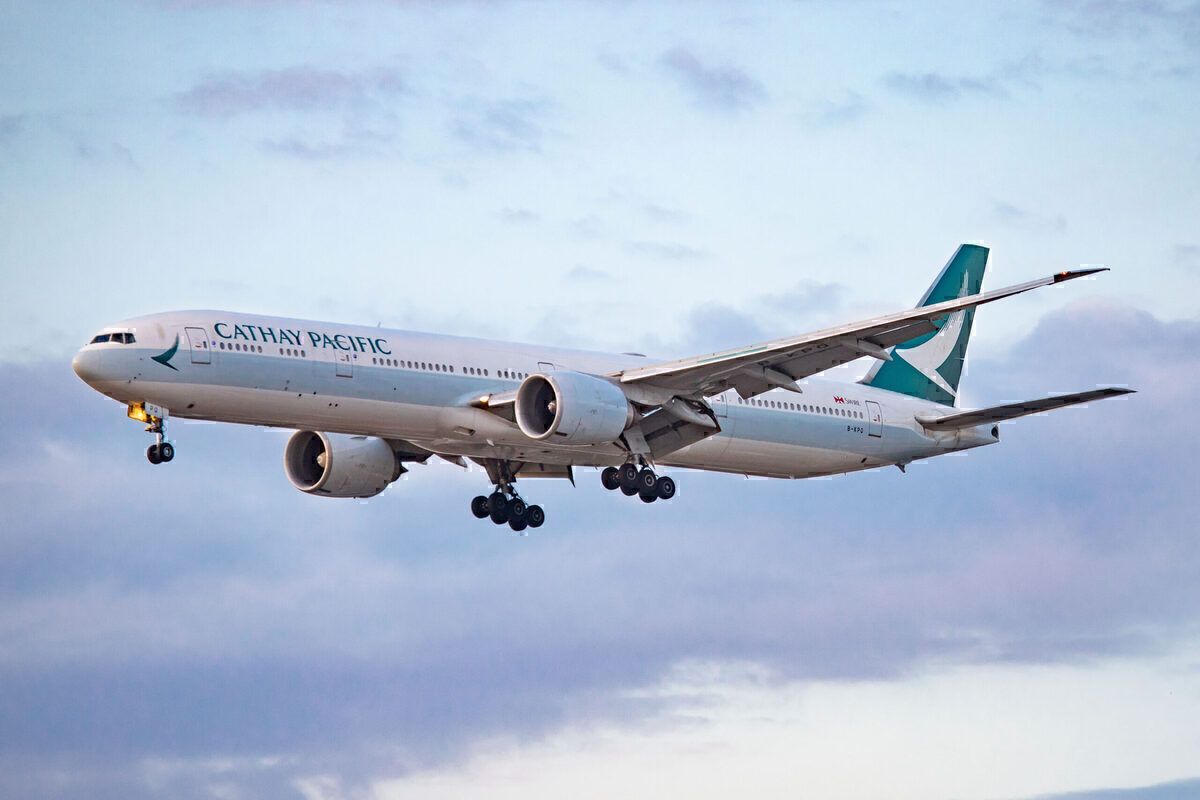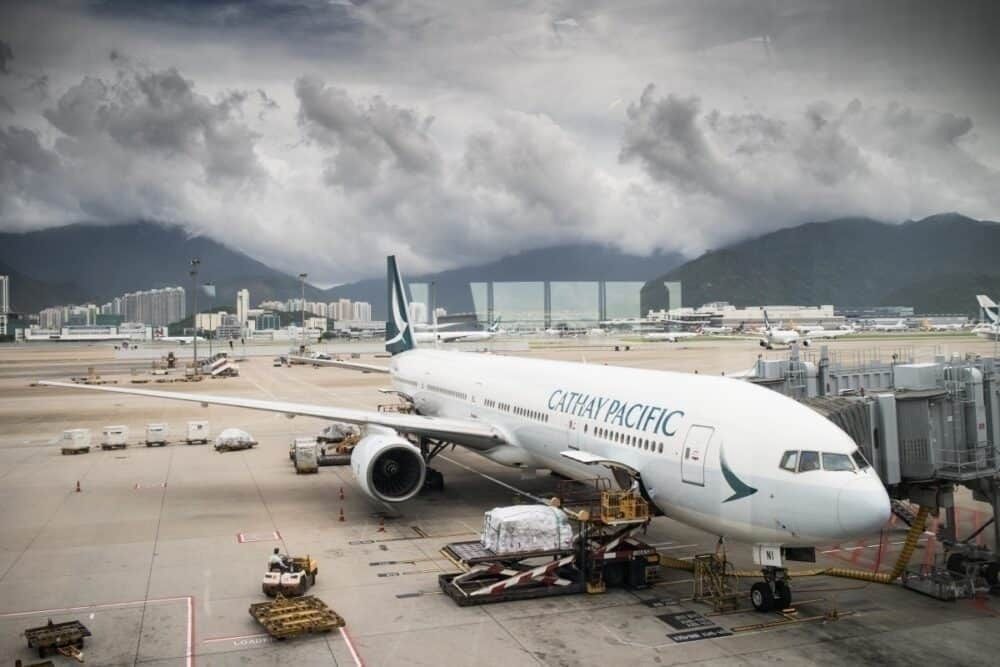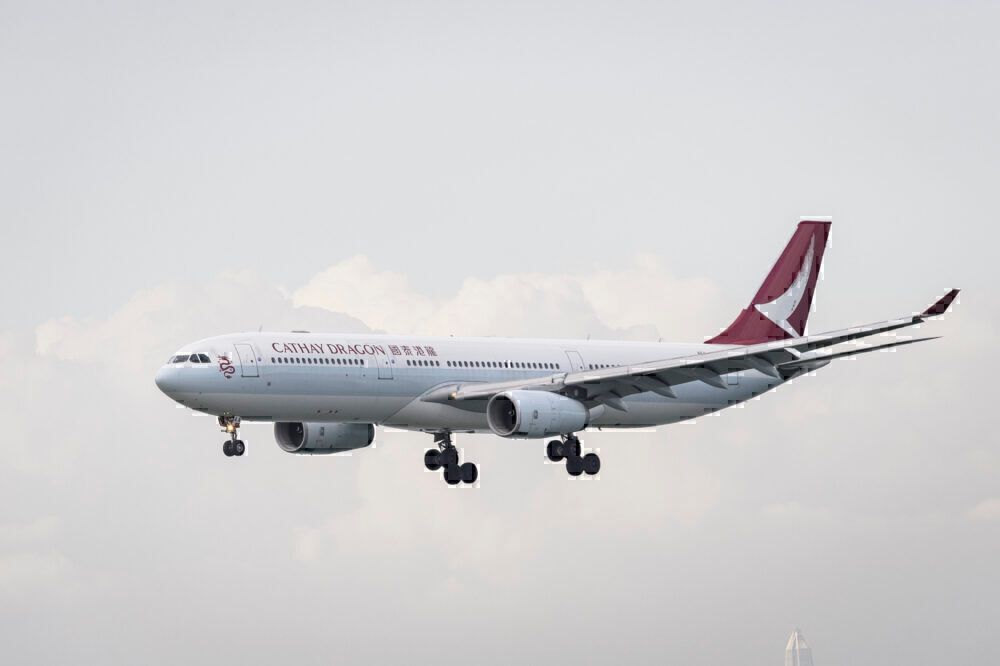Cathay Pacific had a rough October. For the first time since May, the airline saw a month-on-month capacity decrease between September and October. Although a paltry amount, things are still tough in Hong Kong as emphasized by a shocking fact: October was the airline's lowest load factor month so far.
Cathay Pacific's rough October
The ongoing global health crisis continues to take its toll on Cathay Pacific. Amid an incredible reduction in demand, Cathay Pacific has not been able to capitalize on much of the recovery amid ongoing travel restrictions and quarantine requirements in core markets like Hong Kong and Mainland China.
Cathay Pacific and Cathay Dragon carried 38,541 passengers in October– a 98.6% decrease compared to October of 2019. This led to a monthly load factor of 18.2%– the lowest on record for the airline. Capacity was down 91.6%.
Stay informed: Sign up for our daily aviation news digest.
Freight performed better. Cathay Pacific and Cathay Dragon flew 114,346 tonnes of cargo and mail, which was a year-over-year decrease of 37.6% compared to October 2019, and load factor was up 10.4 points to 78.3%.
Chief Customer and Commercial Officer, Ronald Lam, said the following on October results:
"As anticipated, much of the demand for student travel that we had been relying on throughout the summer season tapered off in early October. Additionally, demand for UK and Continental Europe flights dropped rapidly amid a resurgence of COVID-19 in many European countries. We did see some slight improvements on our Indonesia services, with load factors on flights serving Jakarta reaching 39%, supported by sales from Hong Kong, Indonesia and the Chinese mainland. Overall in October, however, we carried on average only 1,243 passengers per day, while load factor was just 18.2%, its lowest ever point.”
Cathay Pacific also recorded its first month-to-month drop in capacity. In October, the airline operated only 8.4% of planned capacity, which was just under the 9% it flew in September.
Cargo capacity was up
Cargo capacity increased month-to-month. The airline grew its cargo-only schedule by about 10% in September. Even with the increase in capacity, the airline saw an increase in load factor, to the highest point yet in 2020 at 78.3%.
The airline flew its full freighter capacity and even added 576 pairs of cargo-only flights in September.
Looking ahead
Cathay Pacific is optimistic about the future. On November 22nd, the quarantine-free Hong Kong-Singapore travel bubble will open up, which the airline believes is an encouraging development and the first step for a return of regular air travel to and from Hong Kong. The airline is hopeful more bubbles will open up.
Cathay Pacific is still not out of the woods, and the airline has plenty of troubles to navigate. November will remain a sluggish month for the airline as travel restrictions remain in effect for Hong Kong.
Overall, the airline is still expecting passenger capacity in the first half of 2021 to be under 25% of what it was in 2019 and below 50% for the entire year, representing the long and choppy recovery that airlines around the world are trying to navigate.
One death in October, however, was the Cathay Dragon brand. The airline will look to fold in Cathay Dragon's routes and operations into either Cathay Pacific or HK Express, another wholly-owned subsidiary of Cathay Pacific.
What do you make of Cathay Pacific's October? Let us know in the comments!




